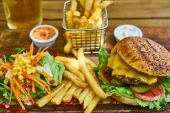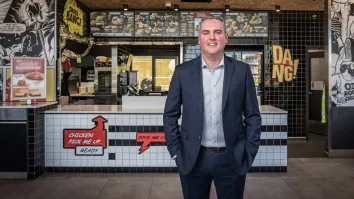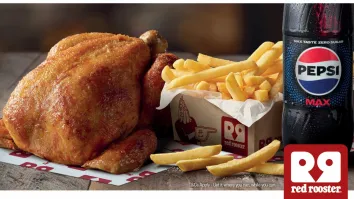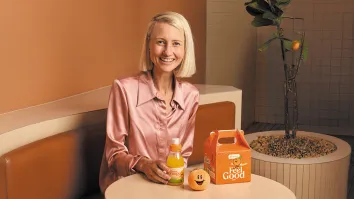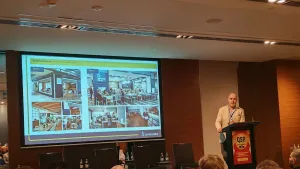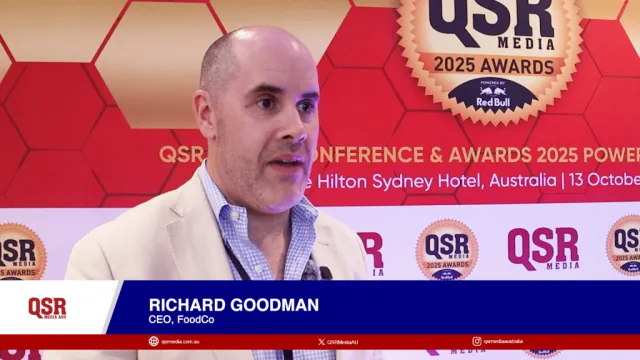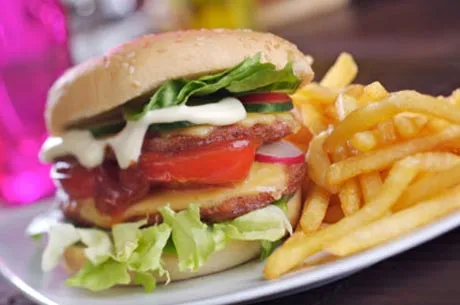
Five food service industry trends to watch out for in 2016
Global information company The NPD Group identified five key foodservice industry trends to monitor in 2016.
1. Experimentation and Customisation – less loyalty, more variety.
Consumers want new flavours, fusion foods, and premium options. A new generation of consumers are demanding newer, more exotic cuisine for their lunch options. International flavours, and authentic cuisines such as Indian, Vietnamese, Middle Eastern, and Thai food are stirring up the QSR scene, becoming more popular among the adventurous consumers. Quality is also being given more and more significance in the contemporary customer's choices, especially as fast food joints like McDonald's and Domino's are taking on a healthier, more sustainable, more organic approach to their crafting their menus.
Premium gourmet menu options are gaining attention as well, with Crust Gourmet Pizza Bar, Pizza Capers, even Burger King trying out new offerings and ingredients. The ability to personalize food options is also going great with customers, with McDonald's Create Your Taste as a prime example.
Winners create customisable food, and small sharing dishes to facilitate experimentation and fun. They evolve the menu regularly to drive frequency and encourage ‘word of mouth’ visits.
2. Super-Convenience – ‘convenience’ is no longer enough.
Consumers don’t want to waste time; they don’t want to queue; they want an easy life. Industry leaders in technology like Domino's are continually coming up with new and better ways to improve on their digital service strategies, behooving brands to follow suit. In this day and age, it is to be expected that QSRs waste no time in taking a customer's order in-store. Contactless payment methods like Visa Checkout are making the ordering system faster while apps and websites make it possible to get a delivery order in a few clicks.
Winners invest in technology; apps and websites must be improved; click and collect pervades.
3. Everything for Everyone – operators widen the net.
Consumers are busy, their days are not rigid, and they want everything available all the time. With numerous jobs now requiring multiple shifts in any given work week, QSRs would be missing on the potential of the night time consumers if they aren't there to address their needs. Customers are demanding flexibility in their food options as well, for brands to offer breakfast in the evenings, or for the ability to order alcohol with their orders. McDonald's, in its decision to serve all-day breakfast, made a significant change in how fast food outlets operate. Giving customers a variety in their menu options would allow brands to adapt to the various needs and wants of its market.
Winners extend opening hours, and offer more menu variety; alcohol in fast food, breakfast in Pubs.
4. Adaptable to Everywhere – be wherever the consumer is.
Consumers need access to operators. They travel more than ever, but also work from home. With potential customers going everywhere all the time, QSRs should adapt with ways to appeal to their busy nature. Pop-up stores and small stalls are rising in popularity, even with big brands such as KFC, with the idea that smaller stores might work well with the busy consumer. Offering more takeaway food options, and opening branches in areas with high footfall, in airports especially, might give QSRs an edge.
Winners open smaller premises or new ‘micro-sites’ – outside of large locations with high footfall – offering a narrow menu to suit the different premises.
5. ‘Human’ Customer Relationships – innovation and creativity to engage.
Consumers need new reasons to engage with brands in a recovering market awash with choice. Uniqueness in a brand's offerings and service will help garner attention in an industry with stiff competition. Brand loyalty is an advantage all players in the industry crave, and there is a pressure on QSRs to create a brand that can maintain a healthy image as well as a human relationship with its customers. Social media platforms like Facebook and Instagram are becoming popular avenues for new marketing strategies, offering ways for brands to interact with their customer base and address their needs.
Winners utilise ads and social media to provide a ‘human’ interaction with consumers, moving from a transactional (bland, product-based) to a friendly (warm and conversational) relationship.
Maria Bertoch, NPD’s Director for Foodservice Australia and Industry Expert, said: “When it comes to eating out and restaurant experience, consumers are much more demanding than they were a few years ago. They expect higher quality of food and beverages – and it’s a growing trend that we see at NPD, especially in Australia with the development of new Fast Casual chains as Grill’d or Guzman and Gomez promoting freshness and quality of their ingredients. Clients today enjoy diversity and want to live an experience when eating out; as a result, consumers are harder to satisfy and less loyal. Operators who will win in this difficult market will embrace consumers’ expectations; they will constantly think about raising their game to surprise their guests.”
